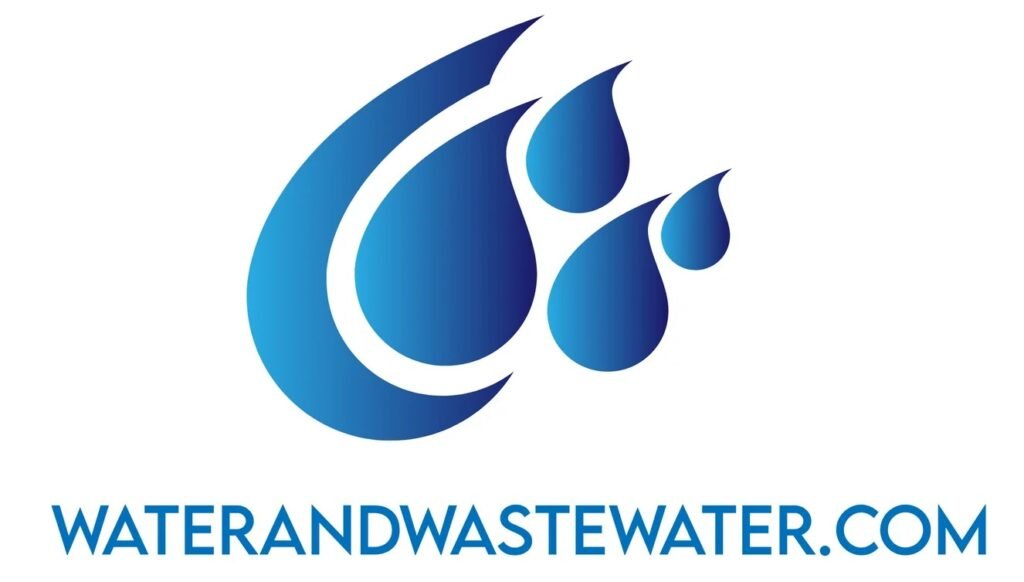Category: Blog
Your blog category
Single Compartment Septic Tank: Understanding Design, Function, and Maintenance Septic systems are essential for the treatment of wastewater in areas where centralized sewage systems are not accessible. Among the various designs of septic systems, the single compartment septic tank stands out for its simplicity and effectiveness in managing domestic wastewater. This article explores the […]
In recent years, the field of wastewater treatment has witnessed a transformative shift with the integration of artificial intelligence (AI) technologies. As our urban centers grow and industrial processes become more complex, the challenge of effectively treating wastewater has never been more critical. Enter AI – a powerful tool that’s reshaping how we approach water […]
Should My Chlorinator Be Full of Water: A Comprehensive Analysis Swimming pools, whether residential or commercial, require meticulous care and consistent maintenance to ensure they remain clean, safe, and enjoyable for users. One of the crucial elements in pool maintenance is the chlorinator, an invaluable tool that ensures the proper dispersal of chlorine, a […]
Short Circuiting in Wastewater Treatment: Mechanisms, Impacts, and Mitigation Introduction Wastewater treatment is critical for maintaining public health and environmental integrity. The process involves multiple stages designed to remove contaminants and ensure water is safely returned to the environment or reused. Yet, wastewater treatment systems are complex and can be prone to inefficiencies, one of […]
Understanding Sewer Clarifiers: An In-depth Exploration Introduction Water is an essential resource for all life forms, and the cleanliness of our water supply is vital for health, agriculture, and various industrial processes. One of the key systems in maintaining the purity of our water lies in effective wastewater treatment. Among the several components of a […]
Wastewater Treatment with Plants: Harnessing Nature’s Power Wastewater treatment has long been a cornerstone of urban infrastructure, essential for public health and environmental protection. Traditional wastewater treatment plants rely on mechanical and chemical processes to break down contaminants. However, as environmental concerns and sustainability become ever more pressing, alternative and more eco-friendly methods of wastewater […]
Santa Cruz Wastewater Treatment Facility: A Comprehensive Overview Introduction The Santa Cruz Wastewater Treatment Facility is a cornerstone environmental protection and public health infrastructure in Santa Cruz, California. Situated along the picturesque Monterey Bay coastline, this facility is an essential asset for the city, safeguarding both human health and the natural environment. This […]
Sources of Wastewater Generation: An In-Depth Analysis Introduction Wastewater is an inevitable byproduct of numerous human activities. Understanding its sources is crucial for effective management and treatment to mitigate environmental damage and protect public health. This comprehensive article aims to dissect the various origins of wastewater, elucidating their causes, impacts, and the mechanisms […]
Rotary Drum Filter Advantages and Disadvantages A rotary drum filter is a form of mechanical filtration equipment used in various industries to remove particles from liquids. Its high efficiency and versatility make it a popular choice for operations ranging from wastewater treatment to the mining industry. However, like any technology, rotary drum filters come […]
A Comprehensive Guide to Residential Blackwater Treatment Systems In the pursuit of a sustainable future, innovative solutions in water management and wastewater treatment have become paramount. Among these, residential blackwater treatment systems represent a key area of development, embodying both technological advancement and environmental stewardship. This exhaustive guide delves into the intricacies of blackwater […]
